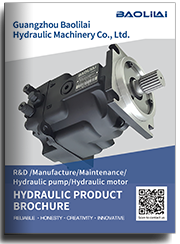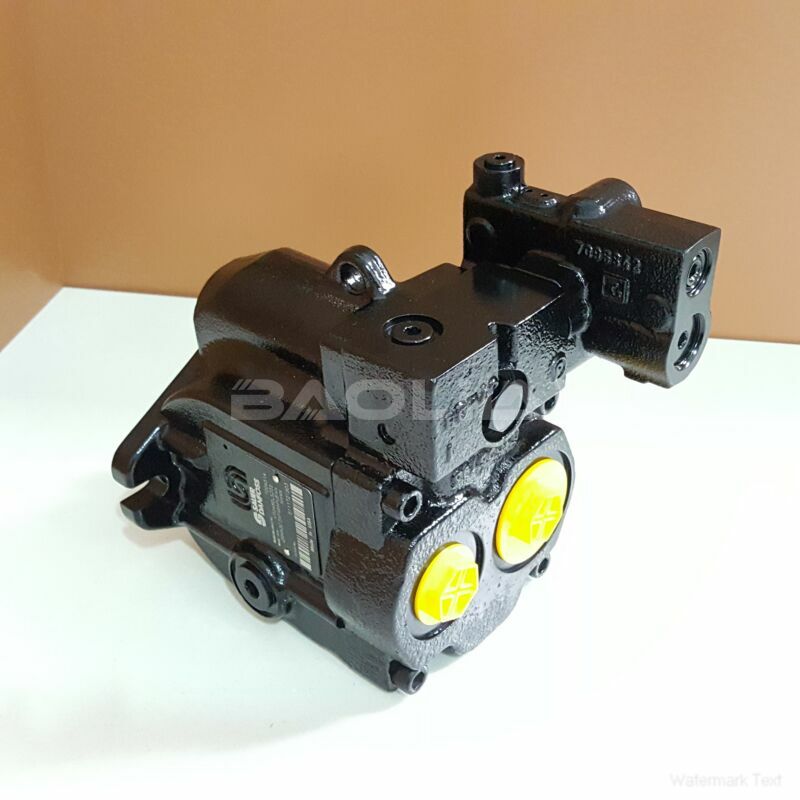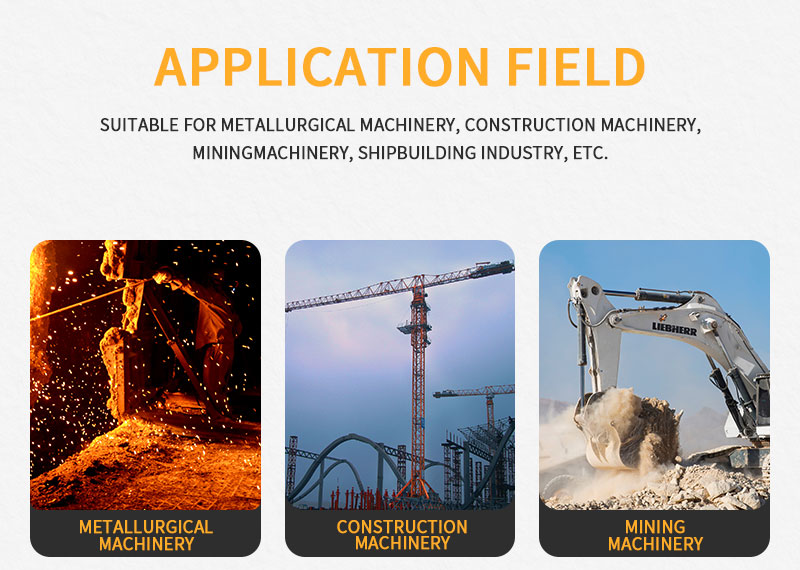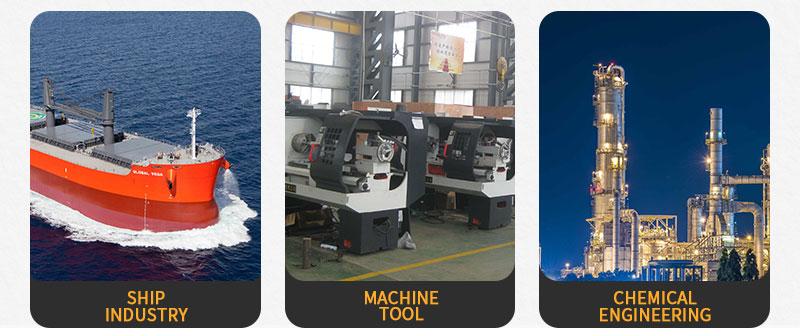KRR045DPC15NNNNN3C3RKA6NKNBNNNNNN piston pump
KRR045DPC15NNNNN3C3RKA6NKNBNNNNNN piston pump

- Product Details
- Applicable Scene
Hydraulic oil pumps are essential components in the operation of hydraulic winches and mooring systems, which are increasingly utilized in various industries, including marine, construction, and offshore drilling. The performance, reliability, and efficiency of these systems depend significantly on the design and functionality of the hydraulic oil pump. This article explores key considerations in designing hydraulic oil pumps tailored for these applications.
KR-R-045D-PC-15-NN-NN-N-3-C3RK-A6N-KNB-NNN-NNN
KRR045DPC15NNNNN3C3RKA6NKNBNNNNNN
To start, the primary function of a hydraulic oil pump is to convert mechanical energy into hydraulic energy by moving oil through the system. In hydraulic winches, which are primarily used for hoisting and lowering loads, the design of the pump must ensure consistent pressure and flow to accommodate the dynamic nature of the operations. High flow rates are often required to quickly activate the winch, especially in emergency situations, which necessitates pumps that can handle rapid fluid movement without significant loss of pressure.

7004252
In mooring systems, the hydraulic pump must provide precise control over the mooring lines, allowing vessels to remain securely positioned against various environmental forces. The design should incorporate features that enable smooth adjustments in pressure and flow, allowing for fine-tuning of the mooring lines tension. Moreover, the pump must be capable of operating efficiently under varying load conditions while maintaining reliability over extended periods.
Material selection plays a crucial role in pump design. Given the demanding environments in which hydraulic winches and mooring systems operate—often subject to harsh weather conditions, corrosive sea water, and extreme temperatures—choosing durable materials that can withstand these challenges is essential. Common materials used include high-strength alloys and corrosion-resistant coatings, which extend the lifespan of the pump and reduce maintenance costs.
Another critical consideration is the size and configuration of the hydraulic oil pump. Compact designs can provide significant advantages in limited space applications common in marine and offshore systems. While ensuring adequate power output, designers must balance size and weight to enhance the overall system’s efficiency. Moreover, optimizing the pump’s layout can facilitate easier integration with existing hydraulic circuits, reducing installation complexity and costs.
In terms of technology, modern hydraulic oil pumps are increasingly being designed with advanced features such as variable displacement mechanisms and electronic control systems. These innovations allow for more precise control of flow rates and pressures, enhancing overall system performance. Integrating sensors for real-time monitoring can also improve efficiency and safety by providing immediate feedback on pump performance and alerting operators to any potential issues.





